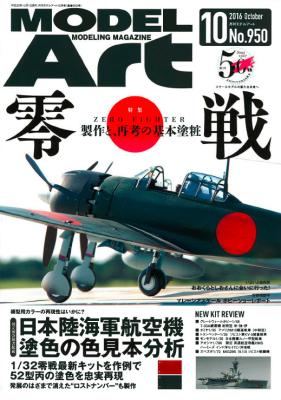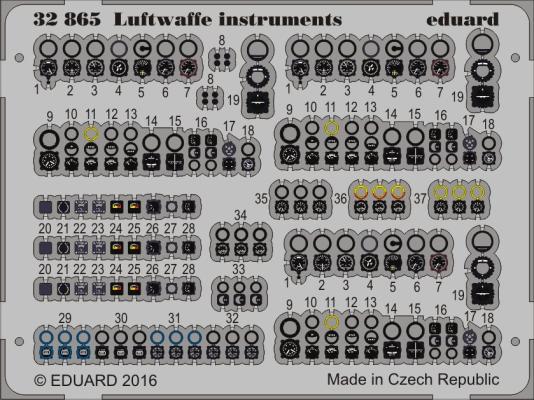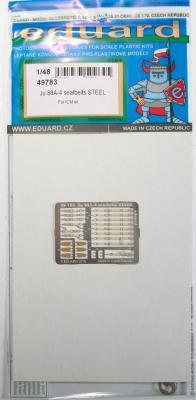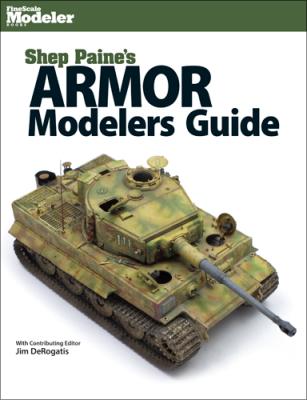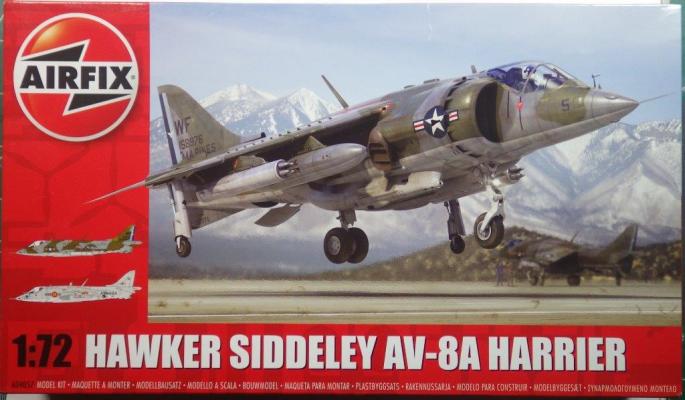Model Art Issue 950 is typical of other Model Art magazines in that it is written entirely in Japanese, with occasional English words, usually in article titles or in captions. The Model Art magazine is a monthly issue that has evolved from their first issues in 1966 that focuses on all modeling subjects. I’ve attempted to capture the contents below, but please be aware of translation difficulties. There are about 40 pages of advertising, out of the 160 pages, showing what is available and new, always useful for building up that wish list. Nearly all the articles are supported with color photos. A few of the ongoing series are supported with black and white drawings and photos
Welcome to the IPMS/USA Reviews site!
Introduction: The primary organization of the IPMS/USA Review website is by IPMS/USA National Contest Class. Within each Class there are sub-menus by kits, decals, books, etc. The Miscellaneous Class is for items that are not class specific or that cross two or more classes.
IPMS/USA Members: We encourage you to submit reviews, both here and to the Journal. To volunteer for membership in the IPMS/USA "Reviewers Corps" and submit your own reviews, please read the Guidelines For Submitting Product Reviews.
Manufacturers, publishers, and other industry members: IPMS/USA is pleased to offer your company the opportunity for product reviews. All product reviews are performed by IPMS/USA members, and are posted in the publicly-accessible section of our website. With very few exceptions, we perform full build reviews of new kit releases, aftermarket products, and supplies. If you would care to provide product samples for review, please contact John Noack, IPMS/USA 1st VP.
To learn more about IPMS/USA, please see our About Us page.
Eduard continues to bring out superb sets meant to help modelers detail kits. This set consists of 100 individual instruments meant for 1/32 WWII Luftwaffe planes. There are multiples of each instrument. The printing on the instruments is awesome and clear.
The instructions show the needed folds and the like. This set will require the modeler to research and determine which instrument goes where. These will let you replace or fabricate a new instrument panel easily. To test them, I sprayed a piece of styrene with RLM 66 paint. I then added the instruments and folded them. You’ll note in the pictures that I got a little heavy-handed with the glue. Once attached, I folded and glued the needed instruments flat. This gives them a nice three-dimensional look. Once glued, I flat-coated the instruments and then added a drop of Kristal Kleer to the instruments to look like the glass.
This is a photoetch steel seatbelt set for the ICM Ju88A-4 which has no seatbelts and really needs them. This set is colored and also made of steel which means they are better for forming. They are very realistic and accurate and really make the cockpit stand out.
In the packet is:
- 1 colored photoetch steel sheet
- 1 instruction sheet
Summary
This is a fantastic set for the set for a kit that needs them.
Thanks go to Eduard for providing this set to review and IPMS USA for allowing me to review it for them.
The Introduction is appropriately named ‘The Legacy of Shep Paine’ written by Jim DeRogatis. These four pages offer a wonderful view into the late Sheperd Paine’s life’s work and modeling history. Many of us older modelers first became aware of Sheperd’s work through his tip sheets that came with select Monogram kits of the 1970's then later with Tamiya kits during the 1980's. Shep was also an avid military historian and collector of military artifacts.
The book's contents are divided into two sections, 'The ‘Basics’ by Sheperd Paine and ‘Projects’ featuring eight projects by different modelers. The ‘Basics’ covers all the bases from the fundamentals in chapter one of ‘Assembling Armor Kits’ including a helpful ‘Parts of a Tank’ tutorial.
Researching the subject, its uses, its environments are explained by Shep in ‘Doing Research’ chapter two. Shep also addresses working with scale drawings and evaluating conflicting references.
Following its successful introduction into service with the Royal Airforce, the Harrier generated considerable interest for export orders to other countries. The largest demand for the vertical take-off and landing aircraft came from the United States Marine Corps, who saw the excellent potential to provide close air support while operating from the decks of the smaller amphibious landing ships supporting the Marines. Starting in the early 1970s, the Harrier entered service with the USMC. The AV-8A Harrier was used by the Marines until 1979, when it was replaced by the AV-8C, and today the USMC flies the AV-8B Harrier II.











